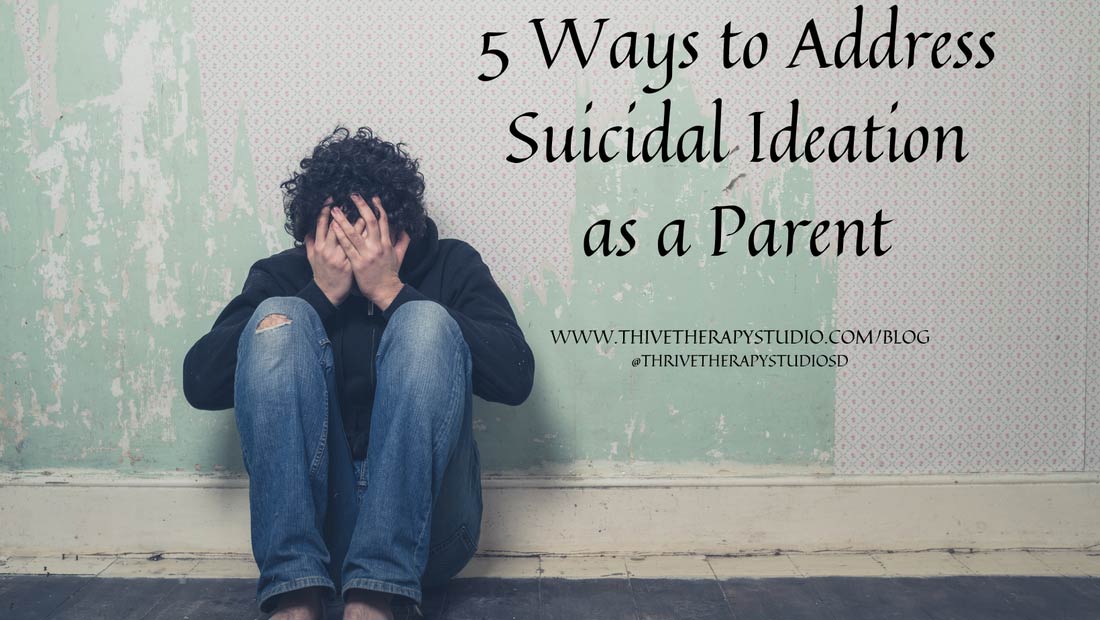Wondering if your child is at risk of hurting themselves can feel incredibly scary. Sometimes it is hard to know if your child’s depressed mood is another part of being a child or teen, or if it is a sign of something more urgent. Maybe you are concerned that your child is feeling suicidal or they might have already communicated that they are indeed having suicidal thoughts. It can be hard to know how to keep your child safe when it comes it suicide or how to even broach the topic. If you are wondering if your child is experiencing suicidal thoughts or are concerned that their depression is something more than depression, here are some ways you can address suicidal ideation as a parent.
1. Check for warning signs. There are several potential warning signs of suicidal thoughts. These include experiencing a depressed mood, loss of interest in activities, increased substance use, saying statements like “I wish I could sleep and never wake up” or “no one would miss me if I was gone”, or talking about death and suicide.
2. Ask them directly if they are having suicidal thoughts. There is a common myth that asking someone if they are suicidal or bringing up the topic of suicide can put the idea in their mind. Research shows that this is not only a myth, but it is actually best to ask directly. This can look like “have you been having thoughts of killing yourself or thoughts of suicide?” This lets your child know that you see their pain, care enough to ask, and that you want to support them.
3. Assess risk. When we assess for risk in therapy, we always assess for if someone has a plan to commit suicide, an intent on doing so, and if they have the means to. As a parent, you can ask “have you made a plan to attempt suicide? have you thought about how you would attempt suicide?” and if so asking if they have access to the items they would use. If they answer yes to any of these, let them know you are glad they could share this information with you and that you will continue to be there for them. It would then be important to seek out professional help, such as contacting a therapist, calling a suicide hotline, or visiting your local emergency room if the risk is imminent.
4. Make the situation safe. Removing the means someone would commit suicide with is a way to help keep someone safe. For example, if a child shares that they would use medication to attempt suicide, you can keep the medication locked in a different cabinet. Additionally, I would highly encourage you to keep firearms locked and kept out of access.
5. Ask how you can support them. This can be different for every child, but if they are able to identify a way you can be there for them, thank them for letting you know. Be sure to avoid minimizing pain or providing a quick fix. If they are not ready to talk, you can let them know that it is okay if they are not ready and that you will be there to listen whenever they are. For many children, attending therapy can be a great place where they can begin talking with another person who will listen and support them. Lastly, another way to support them is finding small activities to engage in together, such as going on a walk or watching a movie. This shows them that you are there for them without feeling a pressure to talk.
If you are ever concerned for the safety of your child, seek out professional help. This can look like seeking out therapy for your child or calling the Access and Crisis line (1-888-724-7240). If your child is at immediate risk, call 911 or go to your local emergency room.
Reach out to start
your healing journey


